
-Introductions of parents and teacher
“Thank you for coming to my presentation of learning. I am the expert on my own learning. I am also responsible and accountable for my own learning. You can expect me to give an honest evaluation of my progress. We will discuss my strengths and opportunities for growth. Thank you in advance for listening and for offering feedback that I can use to improve as a learner”
In this presentation my goal is to answer the driving question: “Why do you feel you are ready to advance to the next grade level?” In order to answer that question, I’d like to direct your attention to my learning plan.
Let’s start by looking at the core competency profiles that I wanted to be at by June 2023.
The ones I have check marked are the ones I feel like I have met throughout projects this year. The underlined ones are the profiles I don’t believe I have fully developed yet and will set them as a goal for next year.
In my last tPOL, l I went into detail about how I demonstrated these areas of core competencies as I shared what I loved and where I grew. This year, I would really like to share about my growth plan for each subject area and at the same time reflect on my learning profiles. Let’s look at the humanities section of my learning plan to see if I have met my goals for growth.

At the beginning of the year one of my humanities goals was that I would like to improve in my sentence structure. In order to grow in this area needed to be more comfortable asking for help.
– I want to highlight two projects that show you how I focused on getting better at grammar: the Juno beach project and the Lies and Incongruences project.
– Peer edit formal and informal: Ms. Madsen asked us to create a first draft of our composition and share it with some peers. What I liked about this form of peer feedback is that our class knew what we needed to look for, and physically wrote on the draft. I really loved how I could choose WHO I sent my draft to for feedback.


– Interesting about this process, when looking over other’s work I found myself finding mistakes more easily than in mine and it gave me practice.
– Setting goal to improve my sentence structure is one reason why I believe I am at a profile 5 for Personal awareness and responsibility. I knew this was a weak area for me and knowing that I figured out tools to use to improve my achievement.
Another goal for humanities was to improve my blog posts. I wanted to do this through adding more personality, and thought into my work.
– My work this year shows growth into adding thoughtfulness so I would like to draw your attention to specific choices that I made that show personality:

– Romeo and Juliet blog post In that opening, I felt I made fun of my actual dread of homework in a creative way. My lines parodied lines Juliet speaks to herself.
– Another way that I took action to my growth goal was in changing the name of my blogpost from “Faith’s blog” (not the most interesting name. Is it better than my brother’s? “Ma blog”… I think so) “Thoughts of a Scheewe”. This change was not big but it’s a start. And definitely beats Sam’s.
– Finally, my “About me” update forced me to really think about choices that really showed me. I mention my skills in sarcasm, have pictures that reflect me now, and feature a cool photography workshop I did.
– making intentional choices about adding personality to my blog posts is part of how I improved in communicating. Adding personality shows awareness of audience.
Maker

In Maker, one of my goals was fine-tuning my time management skills. Looking over year, I barely had to ask for extensions for any assignments this last semester because I found my self planning out when I would do my work and having what I needed prepared (notes ready so that scribing easier).

– A specific example of excellent time management was my podcast. I’m proud of my release schedule which was detailed. What I needed to do would pop up on my Things app. Part way through, I realized later that I needed more time to write my script and less time to record so I changed my plan accordingly.
– My pod cast is a good example of the confidence I believe I show in communicating in different ways to different audiences. It also shows my profile in critical and reflective thinking. I had my topic of “Fun solutions to stress” and I had to gather evidence, including interview, and decided what best fit what I wanted to say. I also had to think about what was working and what was not such as using a microphone and choosing a variety of people to interview.
A second growth goal was to want to improve in teamwork. I can get really stressed and annoyed at teammates and I need to improve on my patience when working in a team.
– In the first semester, The Komagato maru project gave me an opportunity to improve in collaboration. I decided to trust my teammates with their roles and I focused more on what I needed to do.

– Something that has had an impact on team work skills was the Field school to Disney world. This trip made me more comfortable around my classmates which I notice has really helped me now.
– Overall, I can confidently work with my peers to further our shared goals whether it is a “It’s Porg!!!” Tik tok video or a monument.
PGP

In PGP I had three growth goals but I would like to highlight my anxiety. This year I want to grow in taking care of my anxiety. I want to learn and implement new strategies that will help me be less anxious about handing work in on time and the quality of what I can communicate in a project.
– I think my anxiety has gotten better. First of all, I utilize Things app for everything, even personal tasks. This has relieved pressure on my working memory where I was always worried that I was forgetting something.
– Another strategy I use actually comes from Atomic Habits. It talked about having a reward for motivation for tasks that are difficult. I found myself setting goals like a specific time to hang out with friends if I got certain parts of my homework completed. I think having more social time has also helped me be less anxious in school.

– Speaking of Atomic Habits, in my blog post I said I would try unplugging. I would put my VR head set out of sight so that I would not play it so much. I really enjoy it, but needed to find other ways to relax. I have consistently put it in a cupboard where I can’t see it. Instead, I now listen to music or hit a volley ball against the wall. In fact, I can’t remember the last time I played it!! These choices have helped lower my anxiety.
In the last section of my tPol I want to highlight some major successes for me this year and also recognize some FAILS.

While it was challenging, perhaps one of my projects I am most proud of is my collage. I felt like I used the app really well to portray what I had learned and what I wanted to say. This project is one example of how I showed social awareness and responsibility as I explored Indigenous issues and then made a collage that helps raise awareness.
While I do not think I reached a profile 5 for creative thinking in all my work, I do know that I showed that out of the box thinking in my collage and want to build on that success for next year.
F.A.I.L.
One FAIL that I need to mention is the Power of Imagination final video. We did not have a detailed enough plan before the trip or a full storyline. This meant that our video was not at a level that I wanted to see. I felt that we needed to work better together with the editing at the end as well to help our storyline come through.
Another FAIL that applies to all my PLP subjects and pretty much all aspects of my life is one part of communication. In my growth plan, I identified that to stretch out of my comfort zone I will need to communicate more in class.
– The good news? I can now approach PLP teachers will a little less fear in a one on one situation. I volunteered twice to read roles for Romeo and Juliet.
– The other news? The entirety of the text analysis discussion. I sat frozen in silence and avoided eye contact for 45 min.
– This is my nemesis. I am taking suggestions and am open to advice.

Overall I am feeling really good about how I have grown. I am able to set and meet goals, communicate in different forms to different audiences, work more confidently with more classmates, and produce work I am really proud of creating. This I setting a goal for accomplished in all my classes and then changed it to extending for Humanities. Next year? I want to aim for extending because I know I can do it.






 I really liked mine.. Thinking about what makes me Faith Scheewe made me think about where I lived, what I do, and who is in my life. I found that it was fun to write and a good start to this project. We used a website to collaborate on what we already know about Indigenous people and issues that are relevant to them for this project and what we still need to know. While doing this I realized how much general information I had but not very many specific information.
I really liked mine.. Thinking about what makes me Faith Scheewe made me think about where I lived, what I do, and who is in my life. I found that it was fun to write and a good start to this project. We used a website to collaborate on what we already know about Indigenous people and issues that are relevant to them for this project and what we still need to know. While doing this I realized how much general information I had but not very many specific information. This brings us to when we started reading our class novel Marrow Thieves, by Cherie Dimaline. While it was set in the future, it reflected on issues shown presently and in the past. For example it referred to residential schools as part of the past and also as something happening again in the book. While reading the book, I would analyze what I was reading and make connections to issues being brought up today. For example we listened to a podcast on the Indian Act and read articles on topics like cultural appropriation and indigenous resurgence. Every couple of chapters we did a reflection. We called this a contribution as we needed to bring those thoughts to class. Sharing those contributions helped to see other peoples points of view. I did a poem, an image, list of questions and drawings. In the end, after we finished the book, we did a quick write reflection for 15 minutes about the connections we saw from the book to the past and to right now.
This brings us to when we started reading our class novel Marrow Thieves, by Cherie Dimaline. While it was set in the future, it reflected on issues shown presently and in the past. For example it referred to residential schools as part of the past and also as something happening again in the book. While reading the book, I would analyze what I was reading and make connections to issues being brought up today. For example we listened to a podcast on the Indian Act and read articles on topics like cultural appropriation and indigenous resurgence. Every couple of chapters we did a reflection. We called this a contribution as we needed to bring those thoughts to class. Sharing those contributions helped to see other peoples points of view. I did a poem, an image, list of questions and drawings. In the end, after we finished the book, we did a quick write reflection for 15 minutes about the connections we saw from the book to the past and to right now.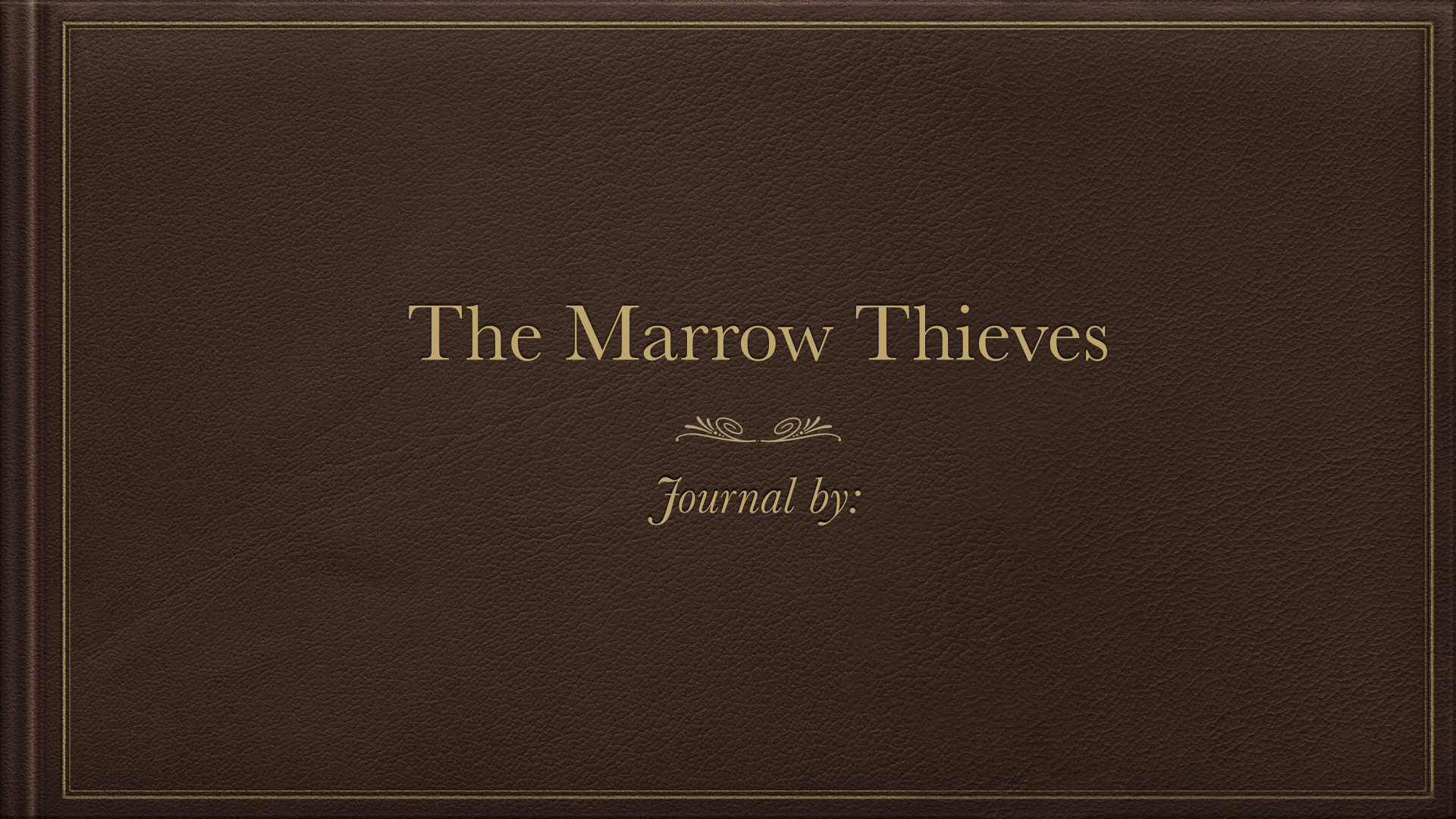



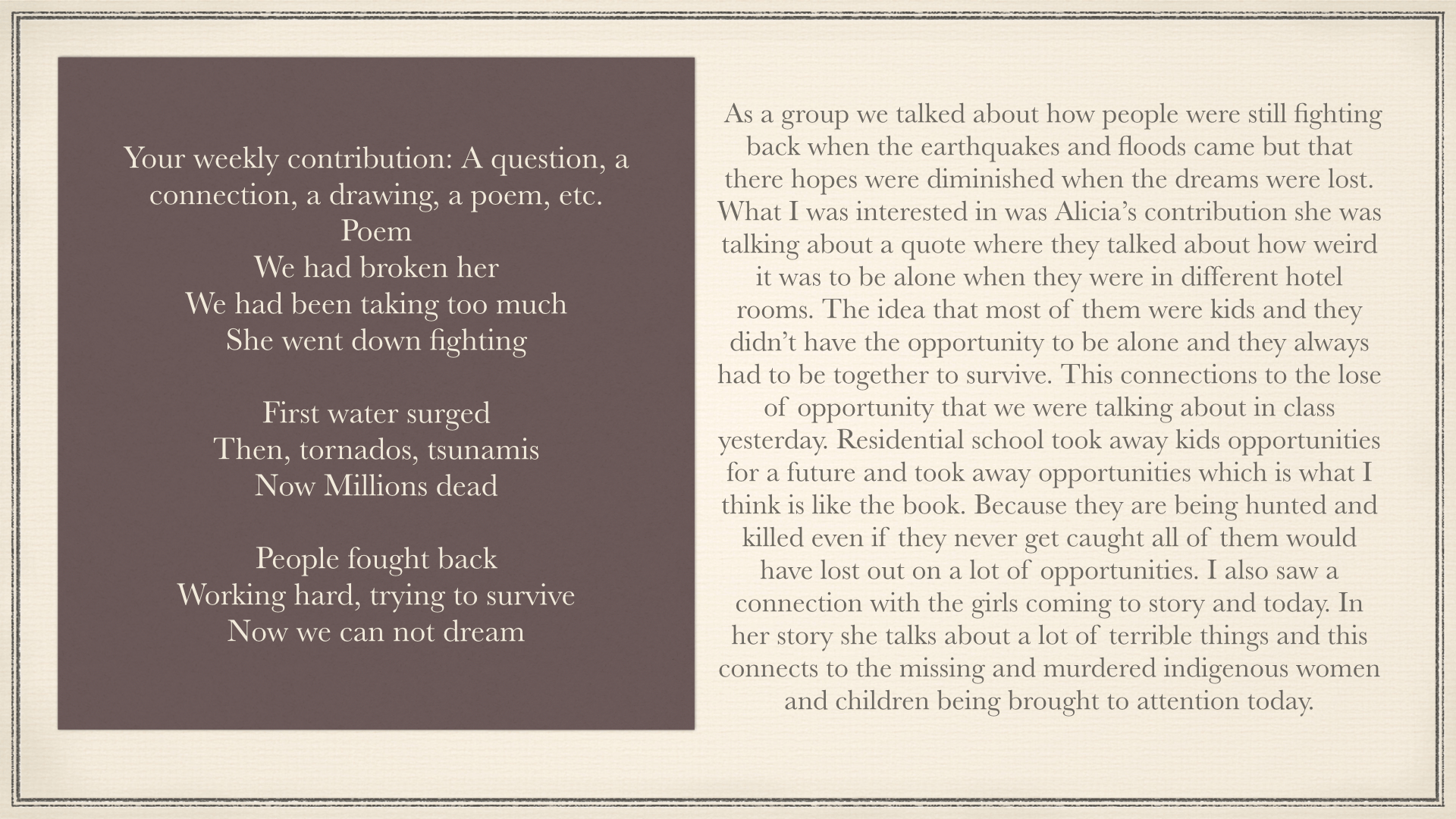


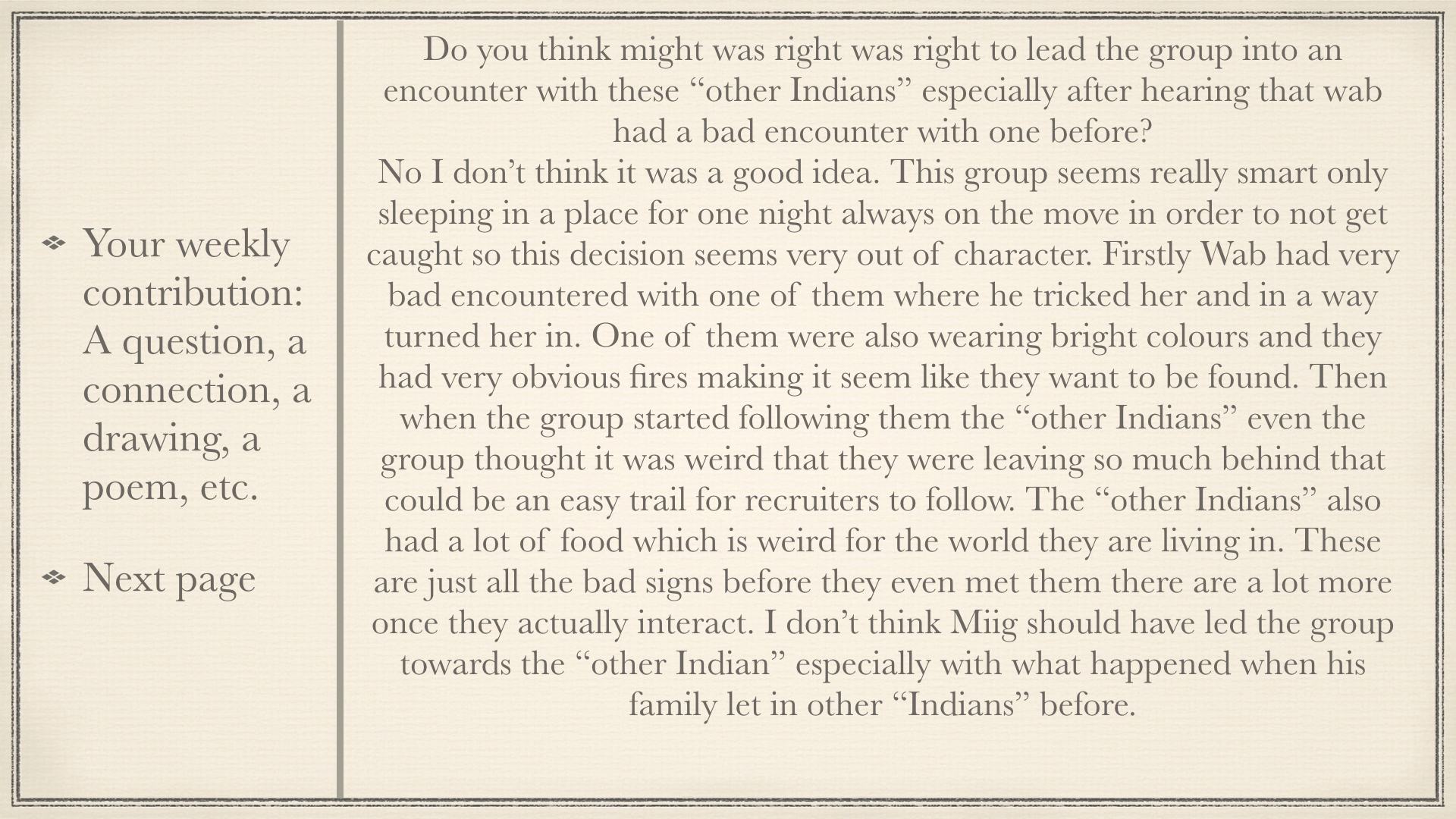


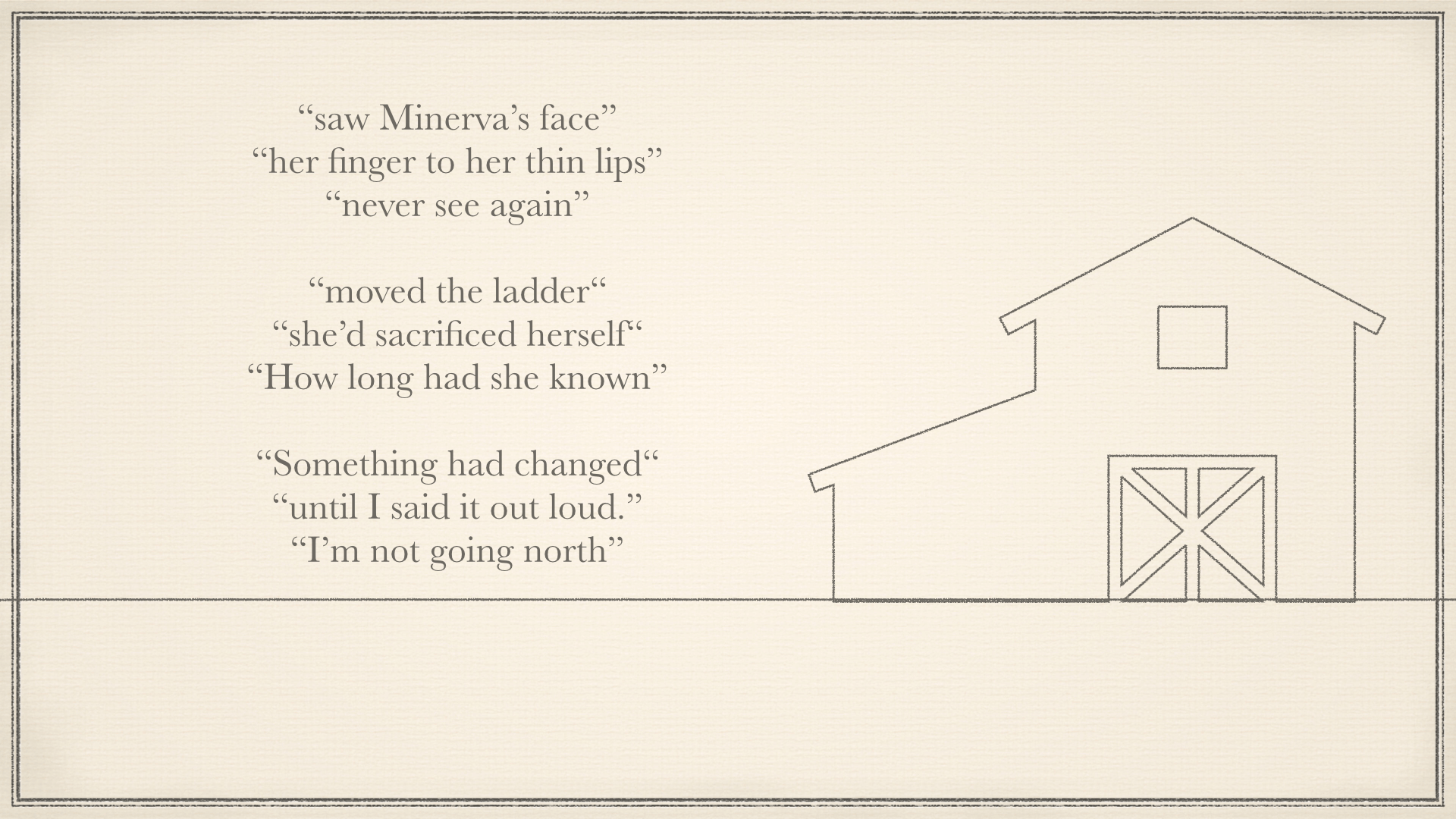







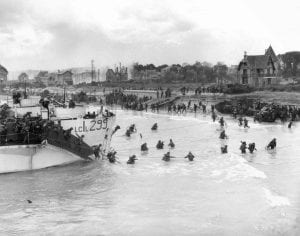 To start we continued our understanding of historical significance that we have been building for the past few years. We defined the word and after a lot of research wrote about the 3 most important reasons why WWII was significant. We had the choice to write about why WWII was significant for us as a nation or why Canada’s impact was significant elsewhere. I chose to talk about why it was important for us as a nation. Through this process I saw a lot of similarities to WWI especially with the job opportunities for women. In both of the wars women joined the work force but in this war women could do jobs that involved a degree. For example I learned That the world’s first female aeronautical engineer was in Canada! She was in charge of producing fighter jets called hurricanes for the war effort. I also learned that social security and unemployment insurance was created during WWII. This assignment showed my deep understanding of the analysis competency which is about accessing the significance of something over time. I never understood how much WWII connects to Canada policies until this project.
To start we continued our understanding of historical significance that we have been building for the past few years. We defined the word and after a lot of research wrote about the 3 most important reasons why WWII was significant. We had the choice to write about why WWII was significant for us as a nation or why Canada’s impact was significant elsewhere. I chose to talk about why it was important for us as a nation. Through this process I saw a lot of similarities to WWI especially with the job opportunities for women. In both of the wars women joined the work force but in this war women could do jobs that involved a degree. For example I learned That the world’s first female aeronautical engineer was in Canada! She was in charge of producing fighter jets called hurricanes for the war effort. I also learned that social security and unemployment insurance was created during WWII. This assignment showed my deep understanding of the analysis competency which is about accessing the significance of something over time. I never understood how much WWII connects to Canada policies until this project.
 My
My This investigation was about building your knowledge that you would need to complete this project and storing it in a PKM. I found this first investigation the most infuriating. Researching, which involved reading articles as a class and watching videos like the “Happiness Advantage”, was very enjoyable. Also, learning about the culture of Disney was very interesting. Walt Disney’s mindset when created these theme parks was so different from other people of his time. What was infuriating? While reading articles and watching the videos we had to MAKE (not to be mistaken for TAKE) notes, which was expected. But then we had to write a summary. The 4 – 2 – 1 structure was challenging.
This investigation was about building your knowledge that you would need to complete this project and storing it in a PKM. I found this first investigation the most infuriating. Researching, which involved reading articles as a class and watching videos like the “Happiness Advantage”, was very enjoyable. Also, learning about the culture of Disney was very interesting. Walt Disney’s mindset when created these theme parks was so different from other people of his time. What was infuriating? While reading articles and watching the videos we had to MAKE (not to be mistaken for TAKE) notes, which was expected. But then we had to write a summary. The 4 – 2 – 1 structure was challenging. Early on we were put into groups and assigned a specific aspect of our driving question. My group focused on how Disney theme parks formed emotional connections for the visitors of the park. For this investigation, as a group we had to come up with a pitch board for a 10 minute documentary. The pitch board had to include the main concept we wanted to get across and the mood we wanted the audience to feel. This part of the project involved a lot of growth in the decision making competency. Working as a group we had to look at our topic from different sides and figure out how to put it all together in the end. A challenge for us? The groups were made up of students from both classes. This made collaborating difficult. We did not understand what the other half of our group had done the class before us. Communication was not clear. Thankfully we used time in our other classes to bring it together but it was still difficult and it was a problem throughout this whole project.
Early on we were put into groups and assigned a specific aspect of our driving question. My group focused on how Disney theme parks formed emotional connections for the visitors of the park. For this investigation, as a group we had to come up with a pitch board for a 10 minute documentary. The pitch board had to include the main concept we wanted to get across and the mood we wanted the audience to feel. This part of the project involved a lot of growth in the decision making competency. Working as a group we had to look at our topic from different sides and figure out how to put it all together in the end. A challenge for us? The groups were made up of students from both classes. This made collaborating difficult. We did not understand what the other half of our group had done the class before us. Communication was not clear. Thankfully we used time in our other classes to bring it together but it was still difficult and it was a problem throughout this whole project. It’s story board time! While working on our pitch board, we came up with a reliant idea. We decided that the main concept we wanted to get across was how the merchandise is a way to take Disney beyond the boundaries of the park.
It’s story board time! While working on our pitch board, we came up with a reliant idea. We decided that the main concept we wanted to get across was how the merchandise is a way to take Disney beyond the boundaries of the park.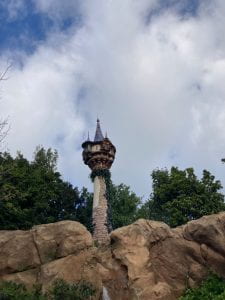

 The main point of this training is to bring about a more optimistic mindset. We wanted to see if we did certain practices or two minutes per day if your outlook would be more positive. Research showed that a more optimistic point of view leads a person to be more productive and more successful. Meditation Mondays was one exercise we tried. I found it very peaceful but with so many people in the room, I could never fully relax or clear my brain.
The main point of this training is to bring about a more optimistic mindset. We wanted to see if we did certain practices or two minutes per day if your outlook would be more positive. Research showed that a more optimistic point of view leads a person to be more productive and more successful. Meditation Mondays was one exercise we tried. I found it very peaceful but with so many people in the room, I could never fully relax or clear my brain.
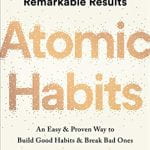 James Clear promises remarkable results with tiny changes in his book The Atomic Habits. The book is filled with amazing stories that really stood out to me. He gives very helpful suggestions on systems that can help us achieve our goals. He also does a good job at showing us why the systems we are using or trying to use are hard to follow through. For example some people want to go to the gym but their system really works against them.
James Clear promises remarkable results with tiny changes in his book The Atomic Habits. The book is filled with amazing stories that really stood out to me. He gives very helpful suggestions on systems that can help us achieve our goals. He also does a good job at showing us why the systems we are using or trying to use are hard to follow through. For example some people want to go to the gym but their system really works against them.
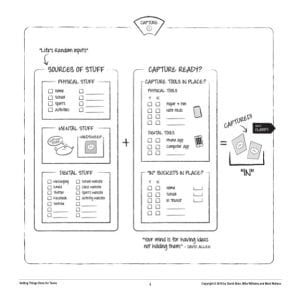

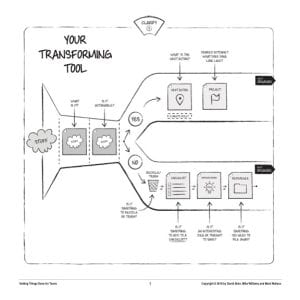
 Actionable
Actionable This step started a week before Disney world and was about planning the trend videos by using storyboarding skills and making prototypes. Starting with storyboarding, I quickly realized that I needed to do more research, because I was planning on doing a Disney food video but I didn’t know where or what food I wanted to use. I am glad I did more research because if you have ever been to Disney World the food and beverages are very imaginative like blue milk!
This step started a week before Disney world and was about planning the trend videos by using storyboarding skills and making prototypes. Starting with storyboarding, I quickly realized that I needed to do more research, because I was planning on doing a Disney food video but I didn’t know where or what food I wanted to use. I am glad I did more research because if you have ever been to Disney World the food and beverages are very imaginative like blue milk!


 Disney was awesome!!! This project was a fun way to express things we experienced at Disney that we want to mention. The video is silly but you still needed to plan it out and think it through in order to make it effective.
Disney was awesome!!! This project was a fun way to express things we experienced at Disney that we want to mention. The video is silly but you still needed to plan it out and think it through in order to make it effective. Keystone 1, a theme book, was our way to discover and record the themes shown in each act of Romeo and Juliet. The power of love and hate, revenge, naïveté of youth, are three main recurring themes that I talked about in my theme book. By reading the lines, I was able to engage with the text and by writing what I thought Shakespeare was trying to communicate, I extended my thinking. I used my Shakespeare sheet to help me understand some of the words.
Keystone 1, a theme book, was our way to discover and record the themes shown in each act of Romeo and Juliet. The power of love and hate, revenge, naïveté of youth, are three main recurring themes that I talked about in my theme book. By reading the lines, I was able to engage with the text and by writing what I thought Shakespeare was trying to communicate, I extended my thinking. I used my Shakespeare sheet to help me understand some of the words. how they still appeal to modern audiences. One of the themes that was shown in the play and the adaptations was the theme that love and hate are powerful. In the play, the love Juliet had for Romeo made her make a naive decision to trust the Friar and take the poison. In Warm Bodies, the power of love was the cure for the zombies and started to bring them back to life near the end of the movie.
how they still appeal to modern audiences. One of the themes that was shown in the play and the adaptations was the theme that love and hate are powerful. In the play, the love Juliet had for Romeo made her make a naive decision to trust the Friar and take the poison. In Warm Bodies, the power of love was the cure for the zombies and started to bring them back to life near the end of the movie.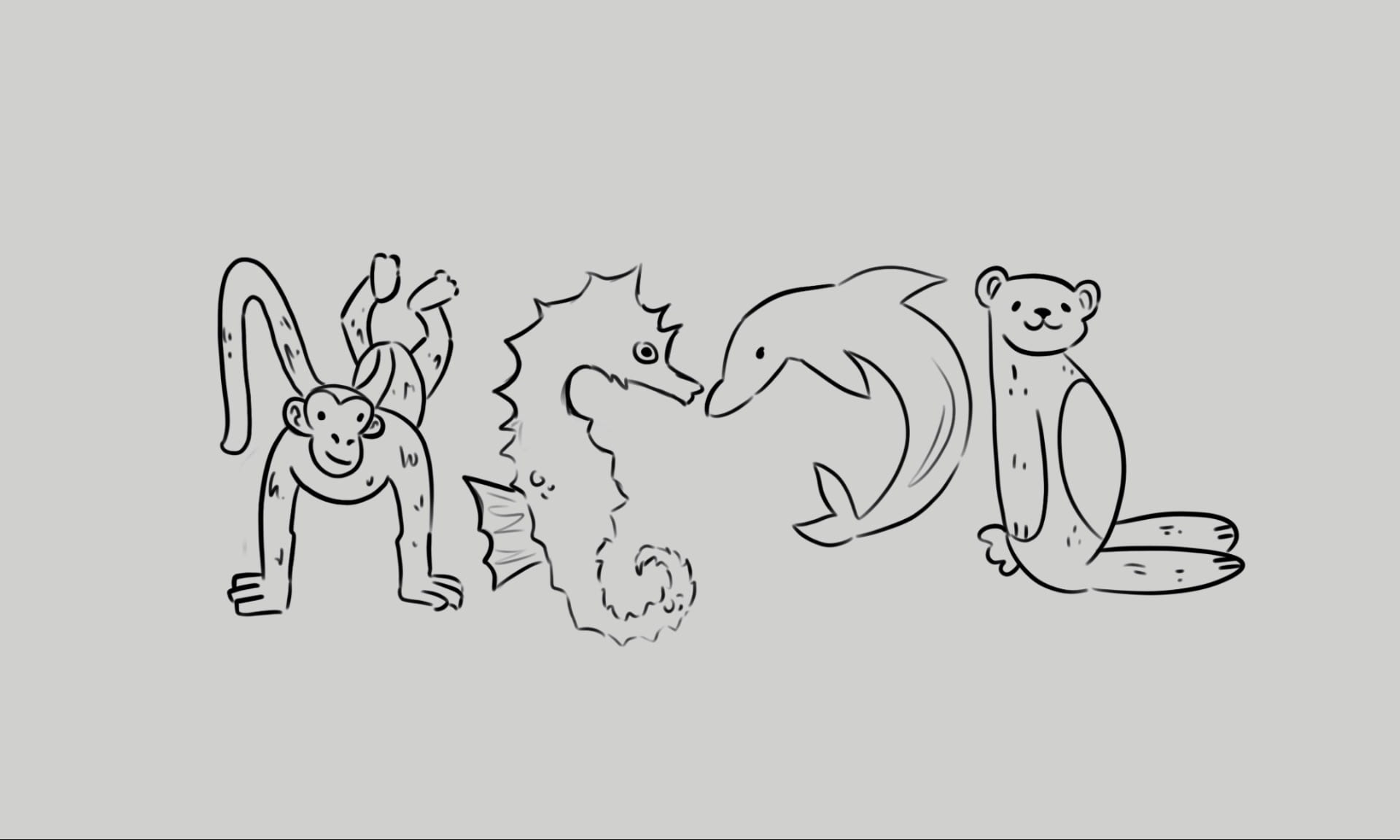
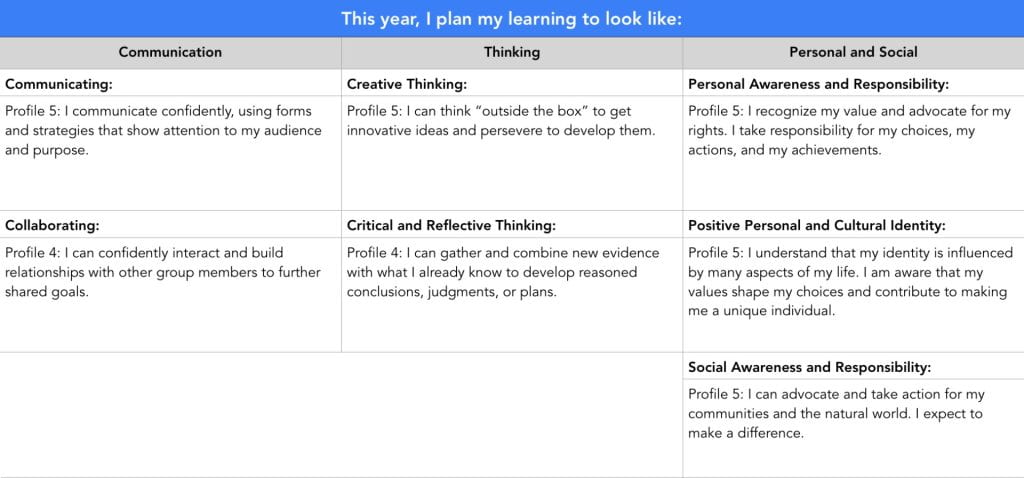
 One of my smart goals was to get 3 extending in Humanities this semester. As of this moment, I have earned 4.
One of my smart goals was to get 3 extending in Humanities this semester. As of this moment, I have earned 4. The other smart goal, I accomplished this semester was to learn snowboarding, and be able to complete a run without falling on my face. Sadly, I never completed a run without face planting or losing my snowboard in a ravine, but I was close.
The other smart goal, I accomplished this semester was to learn snowboarding, and be able to complete a run without falling on my face. Sadly, I never completed a run without face planting or losing my snowboard in a ravine, but I was close.

 The main challenge in making our visual was finding the best light source for inside our lantern. This was the part that I thought would be easy but the type of light mattered. Some were not strong enough which meant that the shapes were not projected clearly, and some duplicated the shapes so that they overlapped. In the end, we used the light on an iPhone to cast the perfect light.
The main challenge in making our visual was finding the best light source for inside our lantern. This was the part that I thought would be easy but the type of light mattered. Some were not strong enough which meant that the shapes were not projected clearly, and some duplicated the shapes so that they overlapped. In the end, we used the light on an iPhone to cast the perfect light.